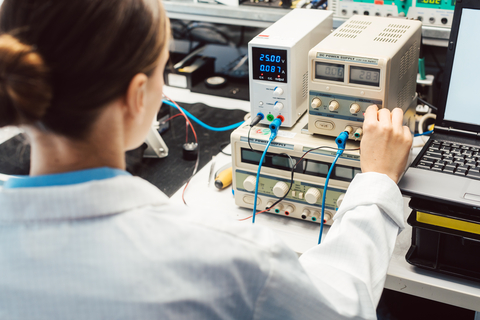
Product Liability Issues Can be Prevented
Product Liability and Testing are areas that are of increased concern for product developers and manufacturers. As products become more complex, properly designed test and evaluation programs must verify designs to prevent product liability issues that can greatly damage a company’s reputation.
Product Liability arises from incidents where a product’s performance departs from its intended design. These incidents often involve serious injury or wrongful deaths. These incidents can be caused by design defects, manufacturing defects, and failure to warn or marketing defects.
Penalties imposed for cases of product liability vary from nation to nation and vary between states in the United States. As a trend however, manufacturers are being held to more stringent standards around the world.
The Role of Test and Evaluation
Increased dependency on electronic products in every sector of our lives has created a greater potential for vulnerabilities that may cause serious injury or even death. Product safety standards can and do address a good many of these vulnerabilities. However, because a standard cannot address the wide range of environmental, electrical, and EMI/EMC effects that may be present in a product’s real world applications, it is often beneficial to conduct evaluations over and above those required for compliance to a given marketplace.
Environmental Causes of Product Failures
To assess testing requirements it can be helpful to conduct climatic and dynamic evaluations to examine the environmental stresses likely to occur in the lifetime of a product. A useful tool for this analysis is a Life Cycle Environmental Profile (LCEP). The LCEP is the method employed by MIL-STD-810 to identify stressors in all phases of a product lifetime, from leaving the shipping dock to final disposal.
Although MIL-STD-810 is a DOD standard it is often used in commercial products where safety critical performance is a necessity. Once an LCEP has been performed, realistic environmental issues and criteria can be established that will provide guidance for a test matrix that will be able to identify design deficiencies before production.
EMI/EMC and Electrical Product Failures
Because of the high volume of electronic devices in today’s world, the radio frequency environment is much denser across the spectrum than it ever has been. This also causes abnormalities and disturbances on power distribution systems that these devices share. Susceptibilities to electromagnetic interference are a major cause of operational anomalies.
The causes of these anomalies can be very difficult to predict and reproduce in the lab. Additionally, extreme care must be given to the design of monitoring equipment to catch intermittent failures in an EMI/EMC chamber while the equipment is under test. Furthermore, selection of appropriate methodologies for evaluation can be challenging. A susceptibility analysis can often assist in selection of relevant methods of evaluation.
CVG Strategy Can Help
CVG Strategy has decades of experience in product test and evaluation for equipment with safety critical requirements in a wide array of industries. We have the expertise in both Environmental and EMI/EMC to provide thorough analysis of your product’s potential vulnerabilities. We can then offer a wide array of services to verify a design before release to manufacture so that product liability concerns can be minimized.


